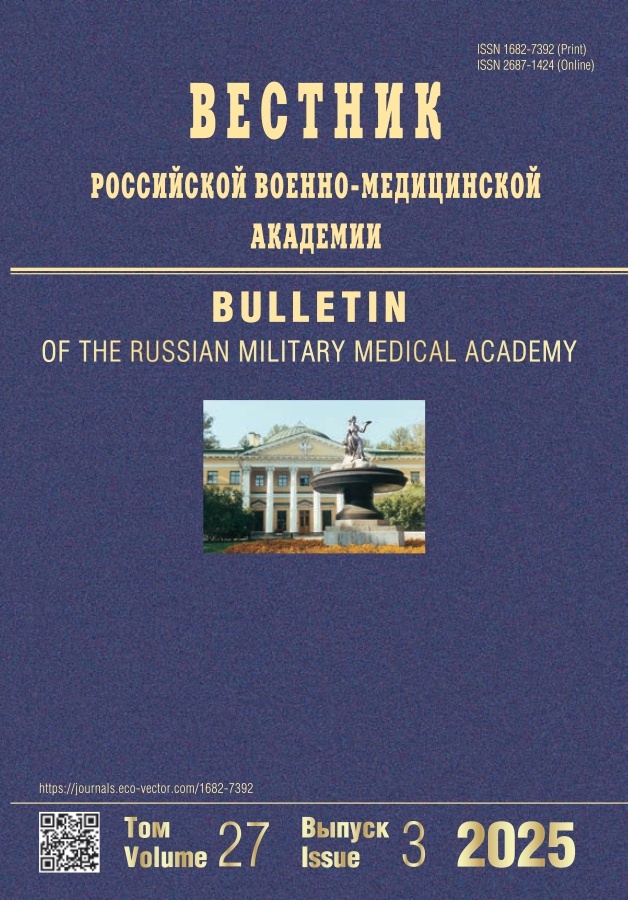Optimal models for predicting the outcome of burns
- Authors: Matveenko A.V.1
-
Affiliations:
- Military Medical Academy. S. M. Kirov
- Issue: Vol 22, No 2 (2020)
- Pages: 235-240
- Section: Articles
- URL: https://journals.rcsi.science/1682-7392/article/view/50079
- DOI: https://doi.org/10.17816/brmma50079
- ID: 50079
Cite item
Full Text
Abstract
Burn injury is a serious problem with high morbidity and mortality. Burn injury outcomes are the most important indicators of research results and an important criterion for decision making in clinical practice. The presence of dozens of prognostic techniques indicates the absence of an «ideal» model for predicting the outcome of burns, as evidenced by the need to validate them in each burn center. The use of prognosis models for clinical purposes allows you to determine the risk of mortality of an individual patient, that is, the severity of his condition. However, point scales do not allow to determine the severity of the condition of groups of patients. Moreover, the achievement of most of the stated goals of the forecast becomes impossible. A methodological error lies in the violation of the sequence of actions during the experiment. First of all, it is necessary to stratify research groups according to the severity of the condition, and only then study their characteristics. However, none of the known forecast models makes it possible to determine the severity of the condition of a group of patients, and, therefore, to stratify them for research purposes. Given the structure and methods of creating models of hope for multicenter randomized prospective studies, which are expected to improve their quality, are not justified. The criterion for creating the best model is its optimality, which allows forecasting to determine the severity of the condition in order to achieve maximum practical benefit. With its help, it becomes possible to plan experiments and solve real problems of combustiology. This model will allow you to create practical recommendations and standards for the treatment of burns.
Full Text
##article.viewOnOriginalSite##About the authors
A. V. Matveenko
Military Medical Academy. S. M. Kirov
Author for correspondence.
Email: vmeda-nio@mil.ru
Russian Federation, Saint Petersburg
References
Supplementary files







